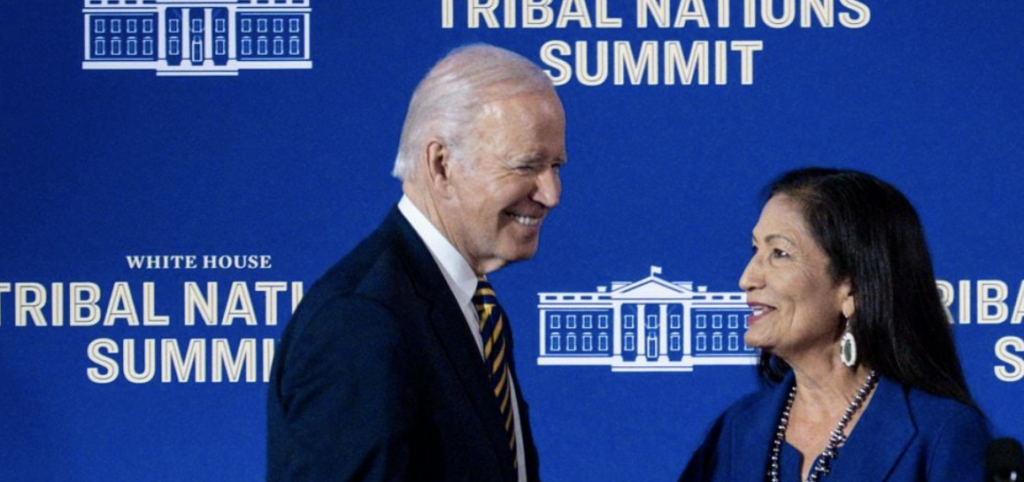The projections of 47,000 miles of high-capacity transmission line in the U.S. by 2035 are a clear example of “fantasy”.
The U.S. Department of Energy’s (DOE) enthusiastic renewable energy promoters agree with this assessment.
In an early March assessment, the DOE said that a lot of new transmission would be needed, even if the load is moderate, and if “green” power expansion was massive. This was “in line with a future power sector made possible by all laws currently in place.”
This is the capacity needed to meet the demand that will arise from the plans of the Biden Administration and liberal state governments, which include electrifying all new buildings and eliminating gas stoves and fireplaces. They also plan to convert coal and natural-gas plants to wind and sun, and to put millions of electric vehicles on the roads, which need to be charged regularly.
The difficulties faced by developers in building a new transmission line to transport electricity produced by Wyoming wind farms 732 miles to the west, to California demand markets, illustrates just how absurd this 47,000 mile ambition is.
TransWest Transmission Project was a priority for the Biden Administration and construction began this week. However, it took 18 years to secure the rights-of way, the funding, and all the local, state, and federal permits required.
This number is not a mistake. You’ll need an extra four years to complete the first phase and put it into service. That will be until 2027.
Deb Haaland is Biden’s green Secretary of Interior. She said that the start of construction on the TransWest project marks a “momentous landmark” in the plans of the administration to restructure the entire energy sector of the country.
Haaland did not say how she and the other Biden officials planned to obtain the 46,268 miles of new high-capacity transmission over the next couple years. The time it took to complete this 732-mile construction project spanned four presidential administrations.
E&E Daily reported this week that TransWest developers started the process to obtain federal permits for the TransWest project 16 years ago. This was during the second term of George W. Bush’s presidency.
E&E reported that “the project faced pushback by some environmental groups due to potential impacts on natural resource and from communities who didn’t want power lines crossing or impacting their view.”
It was a given that it happened, and all other projects designed to complete the remaining 47,000 miles will be subject to the same pressures by the same stakeholders. They all have the right not to like the idea of power lines on massive towers of 100 feet high, which will destroy millions of acres and permanently sully viewsheds across the country.
The American system and Bill of Rights works as follows
Joe Manchin, Sen. Joe Manchin, and other members of congress (mostly Republicans) have stressed the importance of reforming the federal permit process. They are correct. Here’s an inconvenient fact: Most delays for federal energy projects are caused by major laws that protect the environment.
The recent compromise reached on the debt ceiling included language that would streamline the permitting process under the National Environmental Policy Act. However, it does not address concerns raised by the Clean Air Act or the Clean Water Act.
This language did not streamline the literally thousands of different permitting requirements at state and local level, which all will impact every transmission project proposed.
Those who believe that the TransWest project’s long timeline and complexity is an anomaly or a one-off are likely to have no experience with the Byzantine permit processes.
Anyone who believes that the U.S. will build 47,000 miles worth of high-capacity new transmission lines within 12 years lives in a dream world.


